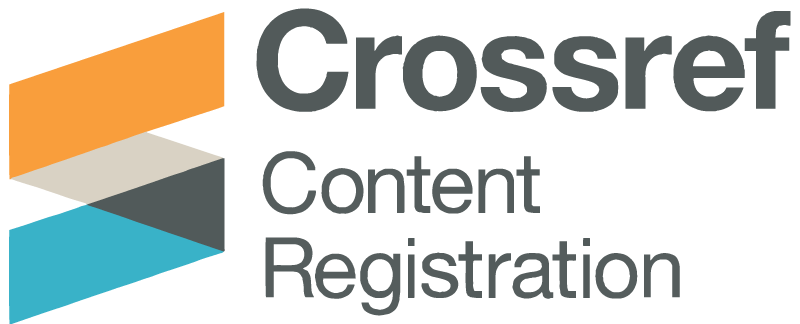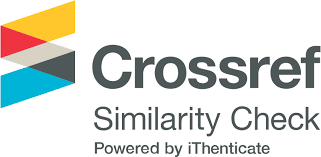Effect of Utilization RPET on the Physical Properties of Asphalt Binder
DOI:
https://doi.org/10.64516/adhvnf33Keywords:
Asphalt binder, Physical Properties, Viscosity .Abstract
Through the utilization of waste materials in asphalt pavement, such as plastic water bottles made of Polyethylene Terephthalate (RPET), it is possible to explore alternative solutions that can enhance the service life of asphalt pavement while simultaneously reducing environmental pollution. This research specifically investigates the viability of incorporating waste plastic bottles, made of RPET, as polymer additives in asphalt binder to address common pavement issues. three different proportions of RPET (3%, 5%, and 7%) were added by weight of optimum binder to prepare the specimens. Various tests were conducted, including the physical properties and viscosity. The findings revealed that the optimal modifier content was 5% for the RPET-modified asphalt binder. This composition demonstrated maximum stability. It is observed that the addition of RPET to the asphalt binder resulted in a reduction in penetration values and an increase in softening points. Furthermore, it exhibited improved resistance against permanent deformations and superior engineering properties. This research contributes to the field of modified binder, and waste plastic, specifically Polyethylene Terephthalate (RPET), by providing valuable insights and highlighting the potential benefits of utilizing such materials in pavement construction.
References
1. Singh, B. and P. Kumar, Effect of polymer modification on the ageing properties of asphalt binders: Chemical and morphological investigation. Construction and building materials, 2019. 205: p. 633-641.
2. Yao, H., et al., Performance of asphalt binder blended with non-modified and polymer-modified nanoclay. Construction and Building Materials, 2012. 35: p. 159-170.
3. Ait‐Kadi, A., B. Brahimi, and M. Bousmina, Polymer blends for enhanced asphalt binders. Polymer Engineering & Science, 1996. 36(12): p. 1724-1733.
4. Golestani, B., F.M. Nejad, and S.S. Galooyak, Performance evaluation of linear and nonlinear nanocomposite modified asphalts. Construction and Building Materials, 2012. 35: p. 197-203.
5. Airey, G.D., Rheological evaluation of ethylene vinyl acetate polymer modified bitumens. Construction and Building materials, 2002. 16(8): p. 473-487.
6. Wang, L. and C. Chang, Rheological evaluation of polymer modified asphalt binders. Journal of Wuhan University of Technology-Mater. Sci. Ed., 2015. 30(4): p. 695-702.
7. Yildirim, Y., Polymer modified asphalt binders. Construction and building materials, 2007. 21(1): p. 66-72.
8. Teltayev, B., et al., Evaluating the effect of asphalt binder modification on the low-temperature cracking resistance of hot mix asphalt. Case Studies in Construction Materials, 2019. 11: p. e00238.
9. Brasileiro, L., et al., Reclaimed polymers as asphalt binder modifiers for more sustainable roads: A review. Sustainability, 2019. 11(3): p. 646.
10. Gogoi, R., K.P. Biligiri, and N.C. Das, Performance prediction analyses of styrene-butadiene rubber and crumb rubber materials in asphalt road applications. Materials and Structures, 2016. 49: p. 3479-3493.
11. García-Travé, G., et al., Use of reclaimed geomembranes for modification of mechanical performance of bituminous binders. Journal of Materials in Civil Engineering, 2016. 28(7): p. 04016021.
12. Polacco, G., et al., Rheology of asphalts modified with glycidylmethacrylate functionalized polymers. Journal of Colloid and Interface science, 2004. 280(2): p. 366-373.
13.. Lewandowski, L., Polymer modification of paving asphalt binders. Rubber Chemistry and Technology, 1994. 67(3): p. 447-480.
14. Habbouche, J., et al., A critical review of high polymer-modified asphalt binders and mixtures. International Journal of Pavement Engineering, 2020. 21(6): p. 686-702.
15. Building Materials, 2014. 64: p. 316-323.
16.Ahmadinia
Downloads
Published
Issue
Section
License
Copyright (c) 2023 Allam Musbah Al Allam, Amhmmed Anbeeh Albaqoul (Author)

This work is licensed under a Creative Commons Attribution 4.0 International License.













